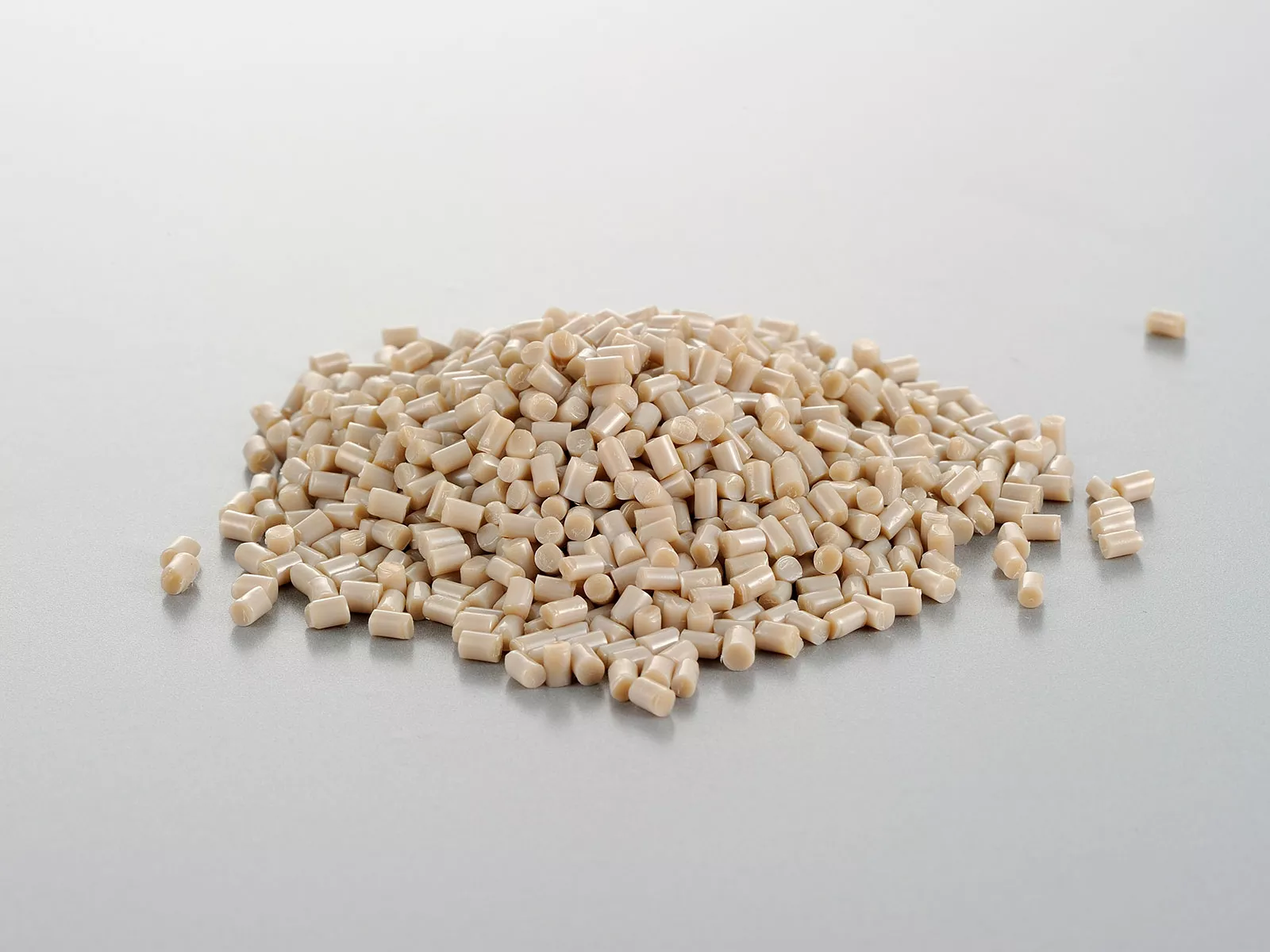Non-stick cookware is everywhere in our kitchens, and it saves our time for cooking and cleaning. Today when people cook, people choose non stick coating cookware, no matter it's TEFLON or Ceramic. But have you ever wondered how that slick, easy-to-clean coating is applied to pots and pans? The answer lies in a process called sandblasting. And today Pfluon will walk you through this process in manufacturing non stick coating cookware.
Sandblasting is a key step in the manufacturing of high-quality non-stick cookware. This technique uses high-powered air pressure to forcefully propel small abrasive particles, typically made of sand, against the surface of the cookware. It is a fast and capital-intensive way used to remove previous coatings from surfaces. And this ensures a cleaning surface for stains or opaque coatings. The impact of the sandblasting process creates a microscopic texture on the metal surface, which helps the proper adhesion of the non-stick coating.
The Science of Surface Texturing
To understand why sandblasting is so important, we need to delve into the science of surface texturing. When it comes to applying a non-stick coating, the goal is to create a surface that the coating can effectively "grip" onto. Smooth, flat surfaces simply don't provide enough surface area for the coating to adhere properly.
By sandblasting the cookware surface, the metal is transformed from a relatively smooth finish to one with a multitude of tiny peaks and valleys. This rough, textured surface dramatically increases the surface area available for the non-stick coating to bond with.
Imagine trying to glue a flat piece of metal versus a piece of metal with a rough, pitted surface. The rough surface provides significantly more area for the glue to grip onto, creating a much stronger and more durable bond. The same principle applies to the application of non-stick coatings.
The Importance of Consistent Texture
Achieving the optimal surface texture through sandblasting is crucial for the long-term performance and durability of non-stick cookware. If the texture is uneven or inconsistent, it can lead to patchy adhesion of the coating, resulting in premature peeling, flaking, or degradation.
Cookware manufacturers must carefully control the sandblasting process to ensure that each piece receives a uniform texture across the entire surface. This typically involves using specialized equipment that can evenly distribute the abrasive particles and maintain consistent air pressure and angle of impact.
Advanced Sandblasting Techniques
While the basic premise of sandblasting remains the same, manufacturers have developed more sophisticated techniques to further enhance the process. Some of these advanced methods include:
1. Micro-Sandblasting: This technique uses incredibly fine abrasive particles, often measured in micrometers, to create an ultra-fine texture on the cookware surface. The resulting texture is so minute that it can only be seen under high magnification, but it provides an optimal surface for the non-stick coating to adhere to.
2. Multi-Stage Sandblasting: Some manufacturers employ a multi-stage sandblasting process, where the cookware is subjected to progressively finer abrasive particles. This gradual refinement of the texture ensures a smooth, consistent surface that is perfectly prepared for the non-stick coating.
3. Precision Masking: To protect certain areas of the cookware from the sandblasting process, manufacturers may use precision masking techniques. This allows them to selectively texture only the areas that will receive the non-stick coating, leaving other surfaces untouched.
The Benefits of Properly Textured Cookware
The meticulous sandblasting process employed in non-stick cookware manufacturing pays off in several ways for the end-user:
1. Enhanced Non-Stick Performance: The rough, textured surface created by sandblasting provides an ideal foundation for the non-stick coating to adhere to. This results in a more durable, long-lasting non-stick surface that is resistant to peeling, flaking, and degradation.
2. Easier Cleanup: The non-stick coating on properly textured cookware is less likely to experience build-up of food residues, making cleanup a breeze. The textured surface helps to prevent the coating from becoming overly smooth and slick over time.
3. Improved Heat Conductivity: The sandblasted texture can also enhance the heat conductivity of the cookware, ensuring more even and efficient heat distribution during cooking. This can lead to better overall cooking performance and results.
4. Increased Lifespan: By creating a strong, durable bond between the non-stick coating and the cookware surface, the sandblasting process helps to extend the usable lifespan of the cookware. Well-textured non-stick pans can often be used for many years before needing replacement.
While the non-stick coating may be the star of the show, the critical role of sandblasting in the manufacturing process should not be overlooked. This precise, scientific technique is the unsung hero that ensures the long-term performance and reliability of our favorite non-stick pots and pans.
Next time you're effortlessly sliding an omelet out of your non-stick pan, take a moment to appreciate the intricate surface texturing that makes it all possible. The science behind sandblasting is a testament to the engineering and innovation that goes into creating the high-quality cookware we rely on in our kitchens every day.





